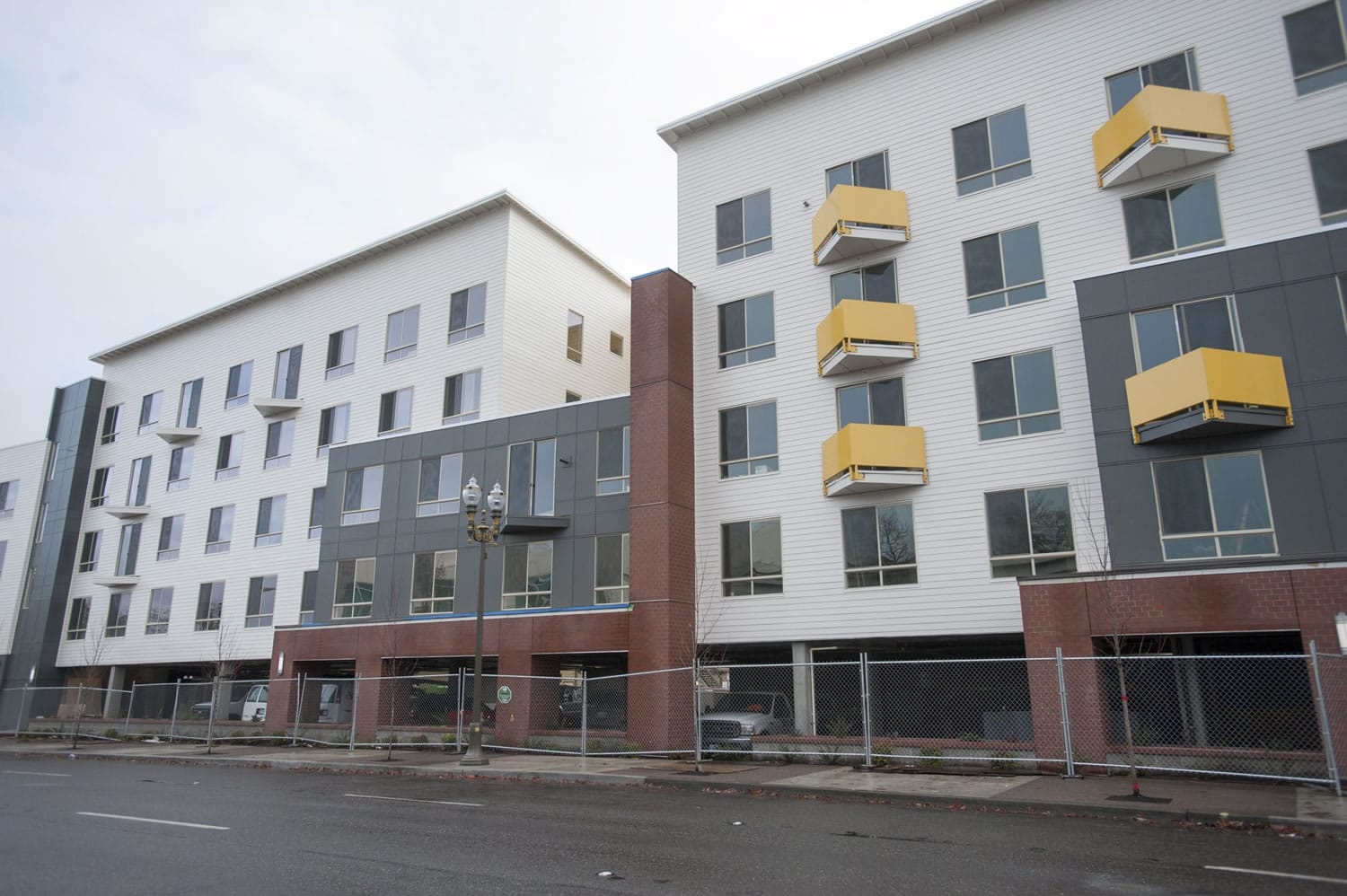You’ve heard it before and you’ll hear it again: Rental vacancy rates are extremely low in Vancouver.
Recently released Census data show that it’s not just Vancouver. Rather, it’s a metropolitan and regional trend. The Portland-Vancouver-Hillsboro area wrapped up 2015 with a 2.4 percent vacancy rate — the lowest among the nation’s 75 largest metropolitan statistical areas. And the whole Western region sat at 4.9 percent.
A vacancy rate of 5 or 6 percent is considered healthy, said Andy Silver, executive director of the Council for the Homeless.
“Everyone in our area is dealing with the same crisis where there’s not just a lack of affordable housing but a lack of housing,” Silver said.
Multifamily NW, which represents local property managers, regularly surveys apartment complexes in the Portland area to gauge the rental market. In Vancouver, more than 5,000 units were surveyed for the fall report. Multifamily found that vacancy rates improved in Vancouver between the spring and fall among surveyed rentals. Vacancy in west Vancouver went from 1.5 percent in the spring to 3.5 percent in the fall. On the east side, vacancies increased from 2.4 percent to 3 percent.
At the same time, average rent per square foot increased. In the spring, west Vancouver cost 98 cents per square foot on average, which increased to $1.03 by the fall. For east Vancouver, rents were $1.05 per square foot and increased to $1.13.
Silver points out that while the vacancy rate improved, it’s still low enough and the market is still hot enough to allow for price increases.
“That’s still an extremely tight rental market,” he said.
Rent aid impact
Another result of increasing prices is that the Department of Housing and Urban Development had to increase its fair market rents for the Portland-Vancouver-Hillsboro area because the rates previously determined for 2016 were outdated and not representative of market trends. Area housing agencies, including the Vancouver Housing Authority, paid about $75,000 for Washington State University to conduct a recent market rent survey and appealed the numbers using the results of the survey.
New numbers were released Wednesday. The going rate for a one-bedroom in the Portland-Vancouver-Hillsboro area was set at $1,021 for 2016, much higher than the old rate of $867.
“It’s good news for the people we help here,” said David Overbay, VHA’s federal program policy manager.
Updating the fair market rents means payment standards for federal rental assistance programs, such as Housing Choice Vouchers, will be set at a higher rate relative to the fair market rents. That means the voucher can be more valuable for low-income households, but the higher assistance limits could result in fewer vouchers being given out. Local housing agencies won’t necessarily get more money based on the revised fair market rents.
Fleeing high rents
The Portland area’s lowest vacancy rates were in Troutdale/Gresham (1.4 percent) and Outer Northeast (2.2 percent), which also happen to be the cheapest areas, suggesting that renters are trying to migrate to more affordable neighborhoods. As Vancouver’s rents increase, it will become a less desirable area to those people looking for the most affordable rents, Silver said.
It will take a while for the market to correct itself, he said, and relief will be farther out for extremely low-income people with barriers to housing. Those people would need to be in a rental market with 7 to 9 percent vacancy rates to have a good chance of landlords renting to them, Silver said.
Census data show how the Portland area stacks up against other metro areas. In the last few months of 2015, the area of San Jose-Santa Clara-Sunnyvale, Calif., sat at 2.5 percent vacancy. Rentals in Los Angeles had a 2.7 percent vacancy rate. In Seattle, Tacoma and Bellevue, vacancy rates were 3.9 percent.
The eastern border of Pennsylvania in the Easton, Bethlehem and Allentown area also experienced extremely low vacancy rates of 2.4 percent at the end of 2015, according to the Census. It had dipped from a rental vacancy rate of 6 percent during the third quarter of 2015, the Census said.
The Birmingham-Hoover, Ala. area had the highest vacancy rate at 20.1 percent.
Nationally, rental vacancy rates during the final quarter of 2015 were 7 percent, which was unchanged from the final quarter of 2014.




